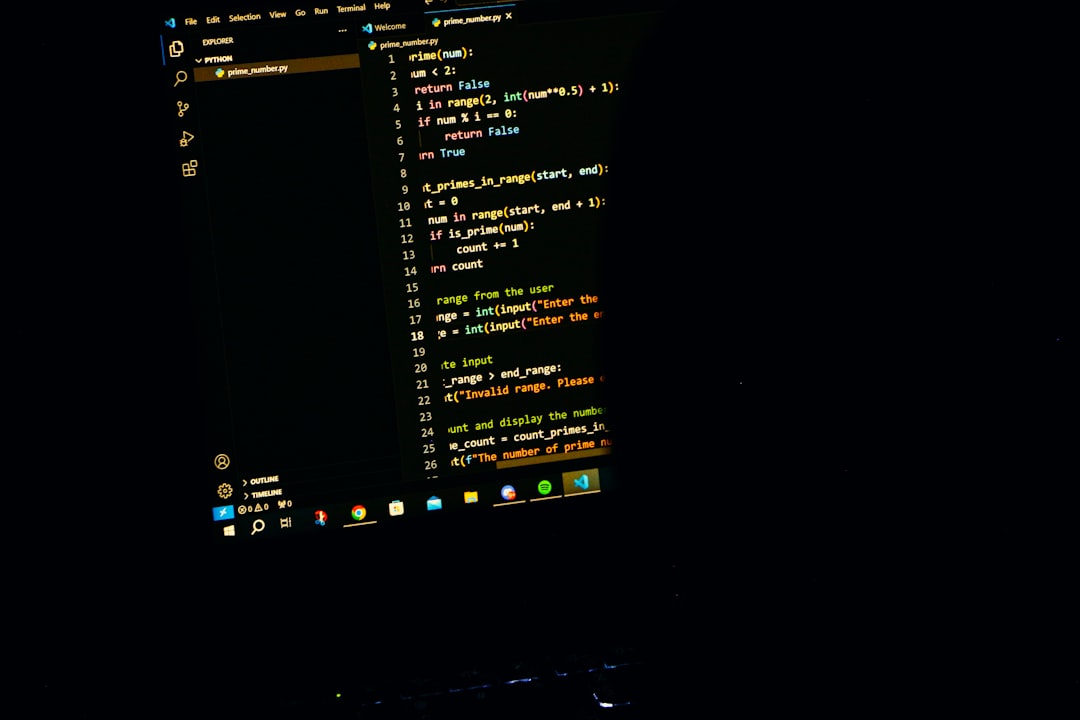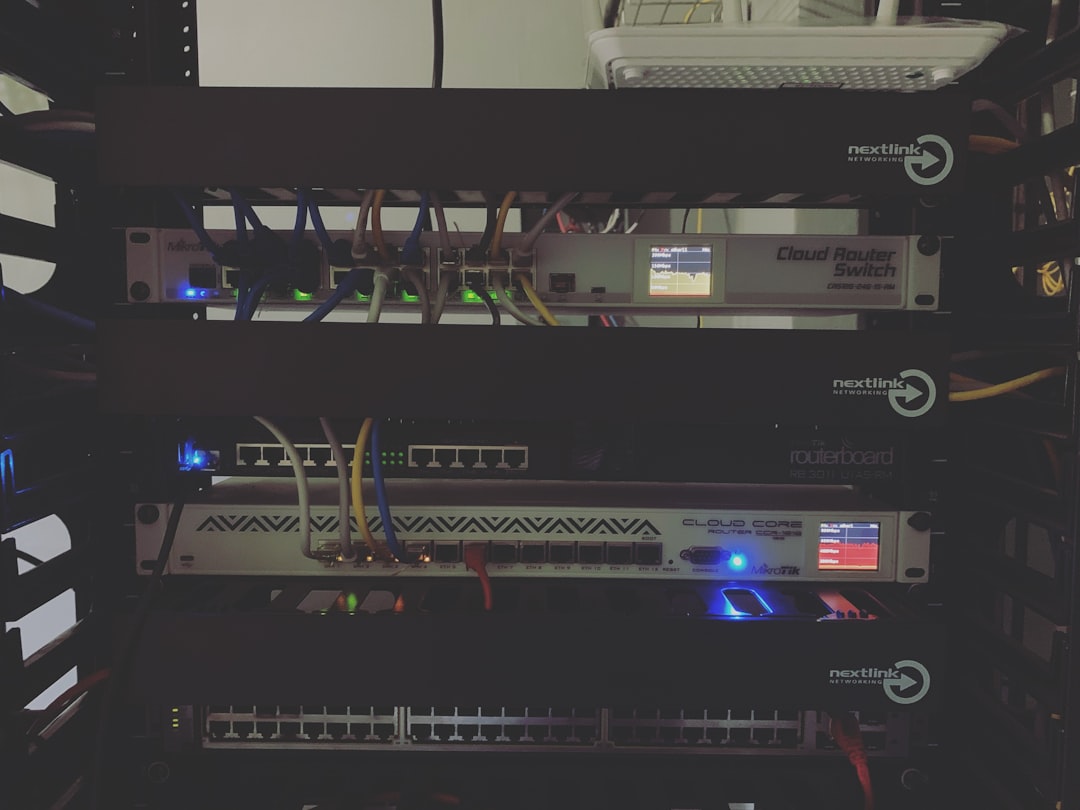After Microsoft releases security patches for critical vulnerabilities in Exchange Server, such as the often-cited CVEs (Common Vulnerabilities and Exposures), administrators are eager to quickly deploy these updates. However, it’s not uncommon for issues to arise following the patching process. Systems that were previously stable may exhibit unexpected errors, degraded performance, or even service outages. Recovering from post-CVE patch issues requires a balanced approach that includes diagnosis, recovery, and future prevention.
Understanding the Impact of CVE Patches
Security patches are essential to protect infrastructure from exploitation, but they can sometimes introduce instability if not fully compatible with an environment’s configuration. For Exchange Server, this may manifest as:
- Transport service failure
- Health probe errors
- Email delivery issues
- Authentication or certificate errors

These issues can often be traced to one or more misaligned dependencies—outdated .NET framework versions, missing prerequisites, partially applied patches, or third-party integrations that weren’t tested comprehensively.
Immediate Steps After Encountering Errors
When administrators notice functionality issues after applying a CVE-related patch, a structured recovery approach is vital:
- Check the Patch Installation Logs:
Examine the ExchangeSetup.log located in the C:\ExchangeSetupLogs directory to confirm successful installation. - Review Event Viewer:
Look under the Application and System logs for any Exchange-related errors or failures. - Test Core Services:
Validate that ECP, OWA, and SMTP services are functioning as expected. - Run Health Checks:
Use tools likeGet-ServerHealthandTest-ServiceHealthin the Exchange Management Shell to pinpoint service issues.
Reverting and Remediating
If the damage is significant, consider rolling back using a snapshot or backup taken before the update. This is a last resort and should only be done when necessary, as it could reintroduce vulnerabilities.
In most cases, errors can be resolved by:
- Reinstalling the update correctly
- Repairing the Exchange installation using
Setup.exe /mode:RecoverServer - Ensuring all Exchange prerequisites are up to date

Best Practices to Prevent Future Issues
Recovery is one side of the coin; planning and prevention are the other. IT admins can take the following best practices to avoid complications from future CVE patches:
- Always Test Updates: Introduce patches in a staging environment first before pushing to production.
- Ensure Backups Are Current: Regular server snapshots and database backups mitigate risk during remediation.
- Stay Updated on Microsoft Recommendations: Follow the Exchange Team Blog and security advisories for known issues post-release.
- Automate Monitoring: Implement health checks and automated alerting for early detection of issues.
Summary
Patching Exchange Server after a CVE disclosure is mandatory for security compliance, but not without its risks. A methodical approach to recovery and prevention can mitigate downtime and service disruptions. By combining structured troubleshooting with preventive strategies, organizations can confidently maintain a healthy mail infrastructure.
Frequently Asked Questions (FAQ)
- What is a CVE patch and why is it important?
- A CVE patch addresses a specific vulnerability identified in the Common Vulnerabilities and Exposures database. Applying these patches helps secure your Exchange Server from known threats.
- How soon should I apply a CVE patch?
- Ideally, as soon as it is verified to be stable, preferably after testing it in a non-production environment. Microsoft often releases mitigation scripts ahead of full patches for urgent threats.
- What should I do if Exchange breaks after a CVE patch?
- Begin by checking logs, testing service health, and verifying patch installation. Reinstallation or minor configuration adjustments often resolve post-update errors.
- Can I uninstall a CVE patch from Exchange Server?
- In most cases, no. Exchange security rollups are cumulative, and removing them is not officially supported. If a serious issue occurs, restoring from a backup or performing a server recovery may be necessary.
- What tools can help identify Exchange health issues?
- You can use built-in tools like
Get-ServerHealth,Test-ServiceHealth, and Microsoft’s HealthChecker.ps1 script to assess the current Exchange health state.



